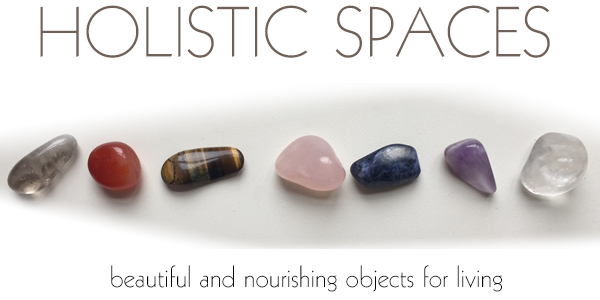I was wondering which plants I can use in a bedroom space that faces east but windows are on the north wall.
Cami H., Atlanta, GA
Hi Cami
Thanks for your email and question. I practice BTB feng shui, which is one of the many schools of feng shui. One of the major differentiating factors with the BTB school is that we focus on the direction of energy rather than the cardinal directions (like north, south, east, west). With that in mind, in a mundane sense, I would recommend placing the plants as close to the window as possible to ensure that they get enough light.
As far as best plants to use in the bedroom, it depends! If it’s for feng shui applications, such as to add more wood energy (as suggested in an early episode of our podcast), then it’s best to stick to plants that have round soft leaves rather than sharp pointy ones. These three plants are some of the best options to add for feng shui adjustments!
Practically, did you know there are many houseplants that are great for the bedroom because they release oxygen at night time? Snake plants, also known as Mother-in-Law's Tongue, are one of the best options for bedroom plants for this exact reason. You can also use Moth or Dendrobium Orchids, especially if you are looking for a stable relationship, Bromeliads, Aloe Vera or certain types of Cactus plants. Just keep in mind with the last two, if you're making a feng shui adjustment, avoid pointy leaves!
On another note, since your window is facing north, it won't likely get a lot of direct sunlight. To counteract this, aim for a plant that thrives in full or partial shade. Hosta, English Ivy and Hydrangeas are a few good choices!
I'm happy to hear that you're considering adding plants to your bedroom space. Living plants are such beautiful and meaningful additions to any space. We'd love to see photos of the plants and arrangements you decide. Send them along!
Mindful Design is a new way to learn feng shui. Our a unique training program takes an holistic approach to learning the art of feng shui design. Mindful design is about becoming aware, and attentive, to the energy around you: both inner and outer qi. It is about promoting a better way of living and creating sacred spaces that support, and nourish. Visit us at mindfuldesignschool.com.



